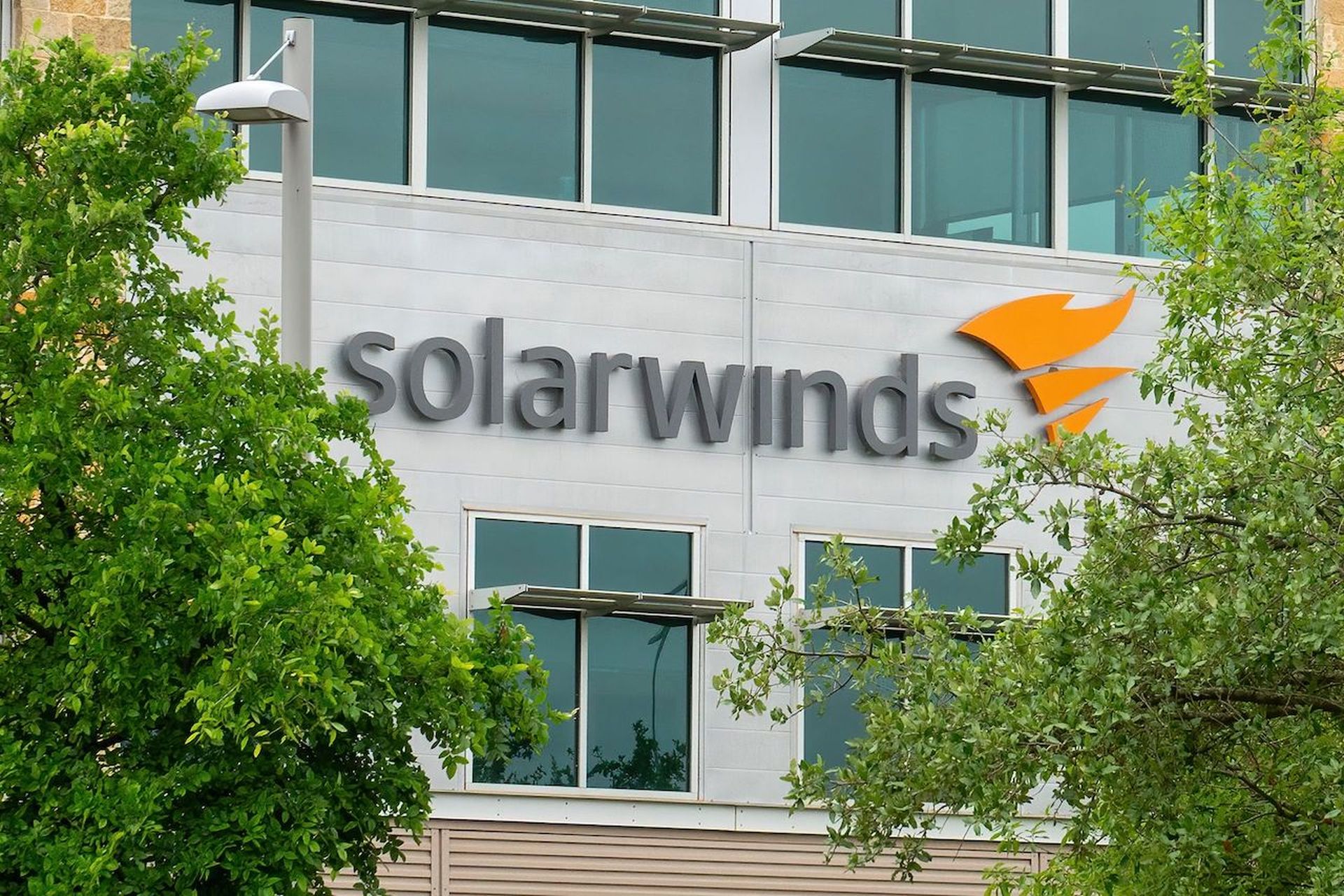The "vast majority of MSPs" reported strong growth in 2016, though a "market divergence" shows that high-growth MSPs are using several strategies to pull away from the pack, according to Kaseya's MSP Global Pricing Survey 2017 results.
First, a little background: Research reports such as Kaseya's MSP Global Pricing Survey can reveal key data to help managed services providers more effectively build and refine their own businesses. But vendor-driven surveys also tend to lead MSPs back to the core products that vendors want to promote -- in this case, Kaseya's cloud monitoring, network support, desktop and server support, and security tools. With those caveats in mind, here's a look at Kaseya's finding and ChannelE2E's reaction.
1. MSP Revenue Growth
- Kaseya says: "The vast majority of MSPs report strong growth last year, continuing the trend over the past several of our annual pricing survey reports. Twenty-six percent of respondents report that their average annual MRR growth over the last three years is over 15 percent, with an additional 18 percent reporting average three-year MRR between 10 percent and 15 percent."
- ChannelE2E says: Another important financial figure for MSPs is EBITDA profit margins, which we highlight in our own FAQ.
2. Managed Services Offered
- Kaseya says: "MSPs also report increased revenues from most of their portfolio offerings in the last year, including Cloud Services, Hosting Services, Cloud Monitoring, Network and Connectivity Support, Backup and Recovery, and Desktop and Server Support."
- ChannelE2E says: What's potentially missing from that list? The growing need for MSPs to address multi-cloud management (at least across Amazon Web Services and Microsoft Azure) and application performance monitoring (APM), which potentially bolsters end-user experiences.
3. MSP Market Divergence
- Kaseya says: An MSP market divergence is "in progress" -- with high-growth MSPs offering "more choice and a full suite of services. This year’s report indicates that high-growth MSPs are diverging from their lower growth peers by consistently offering more services across the board – from basic support services to high-end network monitoring. Basically, whenever there is a choice, high-growth MSPs choose to offer more options and more complete service suites."
- ChannelE2E says: There's a slightly different way to view this so-called Market Divergence. SolarWinds MSP, for instance, calls it the 80-20 rule -- which means 20 percent of MSPs could wind up controlling 80 percent of the market.
4. MSP M&A Activity
- Kaseya says: "This market bifurcation can be attributed to the current profound transformation in the MSP market as merger and acquisition activity reshapes the industry while, at the same time, SMB prospects demand complex new services such as layered security, cloud services, and network monitoring."
- ChannelE2E says: No doubt, M&A is contributing to the market bifurcation that Kaseya describes. ChannelE2E has tracked scores of MSP mergers and acquisitions over the past year. Many of the deals are paving the way for so-called Metro-Area MSPs that dominate their local and regional markets.
5. Four Service Categories
- Kaseya says: The best-performing MSPs offer NOC services 24x7 and tend to outsource their NOCs. They also offer backup and disaster recovery across four areas (cloud to cloud, onsite to onsite, cloud to onsite, and onsite to cloud). And the top performers tend to have three backup platforms. On the security front, the best-performers offer multi-factor authentication (here again, an indirect pitch for Kaseya's own product). And Kaseya also mentions network infrastructure as a major opportunity.
- ChannelE2E says: Watch for the next waves as NOC providers like Continuum potentially launch Security Operations Centers for MSPs; and WAN monitoring shifts to SD-WAN monitoring.
6. MSP Culture and Focus
- Kaseya says: "High-growth MSPs create a virtuous high-growth cycle leveraging: Clear-sighted evaluation of market requirements; dedication to creating economies of scale and efficiencies within their operations; and the confidence to claim the full value of the services they offer."
- ChannelE2E says: We can't debate those points.
7. MSP Pricing
- Kaseya says:
- "High-growth MSPs are much more likely to charge higher rates for cloud services. Roughly 12 percent of higher growth MSPs charge more than $600 per month per environment (assuming 4vCPUs and 4GB/100GB with 2 VMs) for private cloud services. In contrast, only 2 percent of lower growth MSPs do.
- 10 percent of high-growth MSPs charge more than $2,000 per month for cloud monitoring services (assuming VMs, network performance, applications and datacenter server) for 25 devices and 2,500 metrics. Only 4 percent of the lower growth MSPs charge rates this high. Lower growth MSPs are 34 percent more likely than their high-growth counterparts to charge the lowest listed rate ($500 or less per month).
- High-growth MSPs both report more price increases by service offering in the last 12 months and anticipate more price growth by service level in 2017 than their lower growth peers. 50 percent or more of high-growth MSPs report pricing increases for 16 of 20 potential service offerings over the last 12 months. In stark contrast, lower growth MSPs only report pricing increases for 2 of the 20 offerings. On average, high-growth MSPs reported increased pricing in the last 12 months, almost 50 percent more frequently for any individual service than their peers."
- ChannelE2E says: Check out our MSP Pricing Webcast, featuring TruMethods CEO Gary Pica, for tips to help shape your 2017 MSP pricing. It's Webcast 06 here, and it will remain available on-demand through Q4 2017.
8. Big 2017 Concerns: Security and Cloud
- Kaseya says: "More MSPs selected “Meeting Security Risks” as the most important IT problem or service need their clients will face in 2017. Thirty percent of respondents selected this item – chosen at almost double the rate of the next selected item. However, three of the listed concerns touch upon different cloud concerns. When these are added together, cloud concerns virtually tie with the security risk (30.79 percent versus 30.22 percent, respectively).
- ChannelE2E says: Keep an eye on emerging SOC (security operations center) outsourcing services for MSPs. And watch for the blending of backup and security services to mitigate ransomware. On the cloud front, we keep pointing back to multi-cloud management and APM (application performance monitoring).
Admittedly, we've only touched on some of the Kaseya report highlights. You can find the complete Kaseya MSP Global Pricing Survey 2017 results here .




